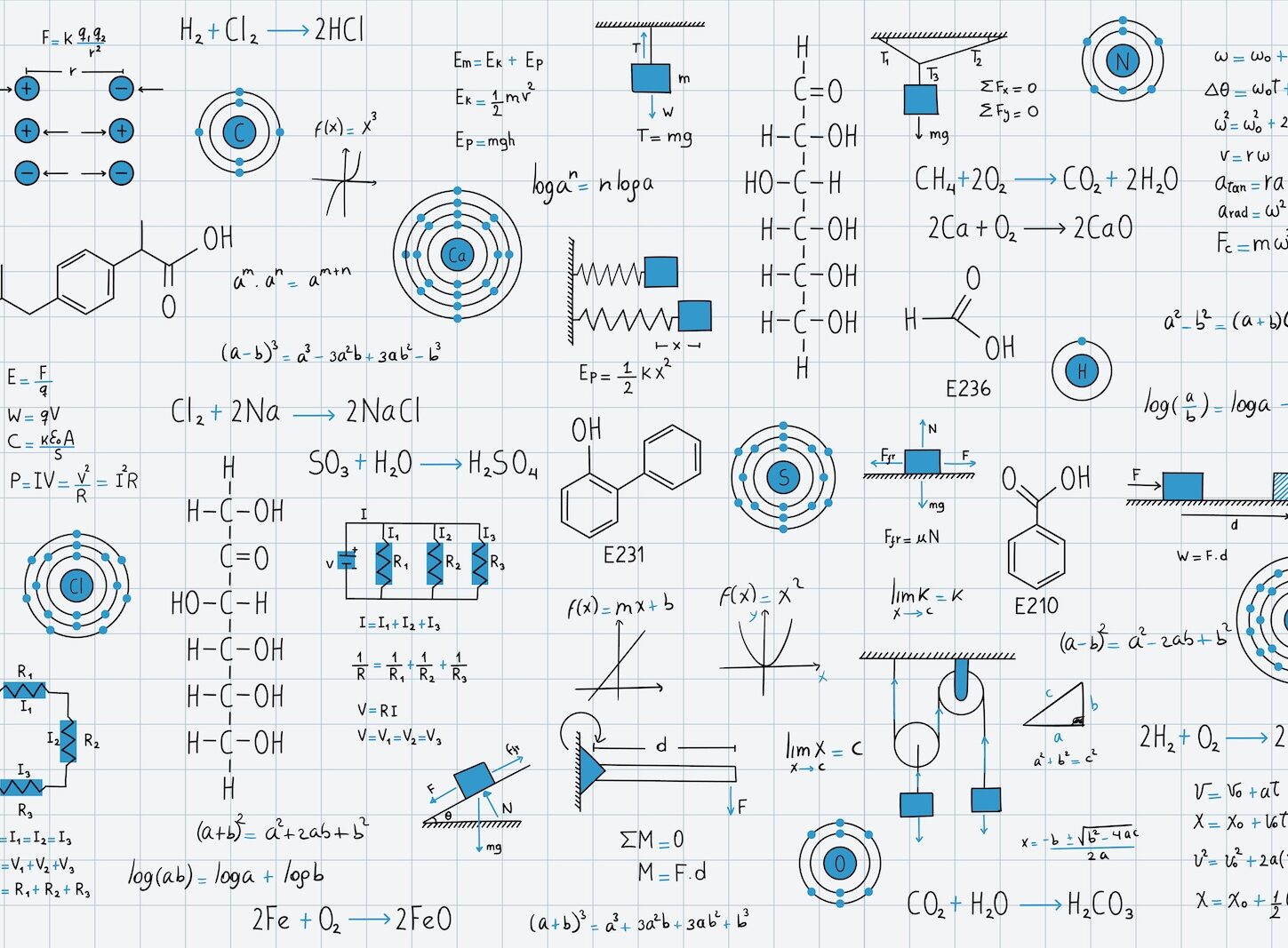You can spend many months securing a patent for your innovation, investing time and effort into the complex process of legal protection. However, there’s still much to do after you secure your grant. If you want your intellectual property to remain protected, you’ll need to pay your patent renewal fee on time – every time. Here’s what you need to know.
What is the purpose of patent maintenance fees?
As a patent gets older, its maintenance fees increase. Progressive fees encourage patent owners to let unwanted patents expire and open up the possibility for others to make use of the innovation. This sliding payment method also avoids the creation of patent thickets, a process which involves creating unnecessary patents around a key invention.
How often are patents renewed?
After reaching a certain age, patents in the UK must be renewed every year.
More specifically, patent annuities begin four years after the first patent application, and can be renewed for a maximum of 20 years.
The payment window for the patent maintenance fees opens three months before the due date and one after. Once the patent renewal fee is received, your patent is renewed instantly. You may renew your patent six months after the payment window closes, but you’ll be expected to pay an additional £24 in official fees for each month as a late penalty.
If you first applied for a patent in June 2020, your patent annuities would begin four years later, in June 2024. You would be able to submit your patent payment as early as March and as late as July. Acting within a specific time frame is essential if you hope to protect your invention without interruptions.
How are patent maintenance fees paid?
You can pay your UK patent maintenance fees directly via the post, telephone, or the UK Intellectual Property Office website. We recommend you opt for the assistance of a specialised firm such as Bailey Walsh & Co as this helps streamline the process and avoid any late penalties.
Unfortunately, there are several unscrupulous firms that offer to manage the maintenance of your patent for vastly inflated fees. Often these offers appear to be invoices from official sounding organisations. If you receive such an offer or reminder and are unsure if it is genuine, please do not hesitate to contact us and we will be able to advise you.
How much does it cost to renew a patent?
So, how much does it cost to renew a patent? In most countries patent maintenance fees begin after the fourth year anniversary of your application, also known as the 5th year renewal fee. Every subsequent year, the patent renewal fee will rise. The following table illustrates how the official patent maintenance fees increase in the UK on a yearly basis.

Benefits of keeping patents maintained
Above all, staying on top of your patent renewal fees safeguards the intellectual property rights of your innovation, but it also:
- Helps secure the legal authority needed to pursue action against infringements.
- Preserves the continuation of licensing agreements made with third pirates.
- Ensures any financial benefits from your patent, such as royalties, remain intact.
- Adds a competitive advantage to your business while providing value.
What is the difference between maintenance and renewal?
Although maintenance and renewal are terms used interchangeably when discussing UK patents, their meaning can differ depending on the context. Patent renewal in other jurisdictions may refer to extending a patent application’s lifespan to keep it pending beyond its initial term. On the other hand, patent maintenance can refer to the ongoing efforts required to ensure the patent remains live and enforceable after grant.
If you have any questions or would like further information regarding patent maintenance and renewal fees, or would like to understand how we could help you, please do not hesitate to contact us, either by email at mail@bailey-walsh.com or by telephone on +44 (0)113 243 3824.







